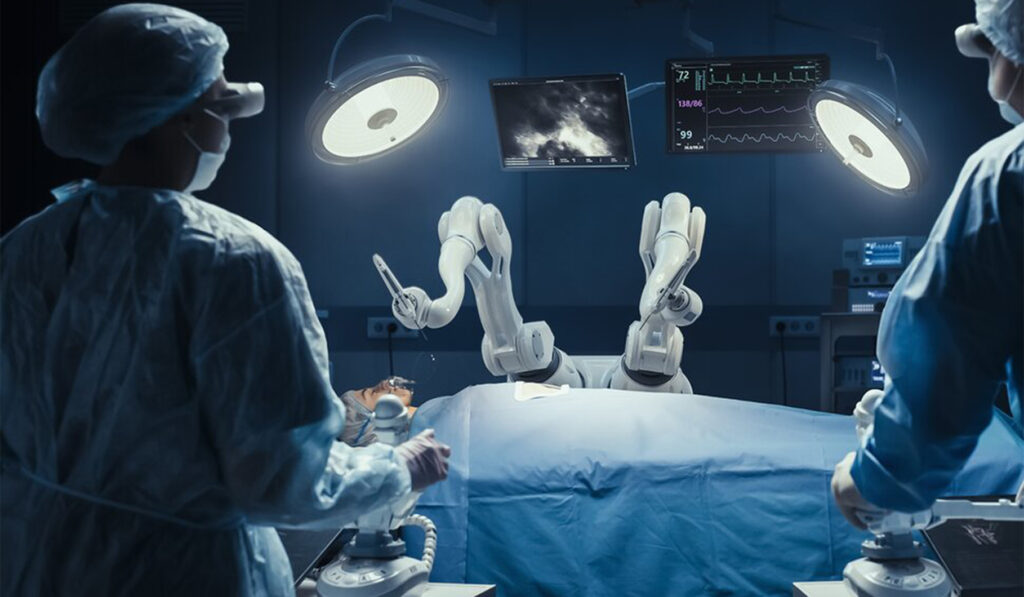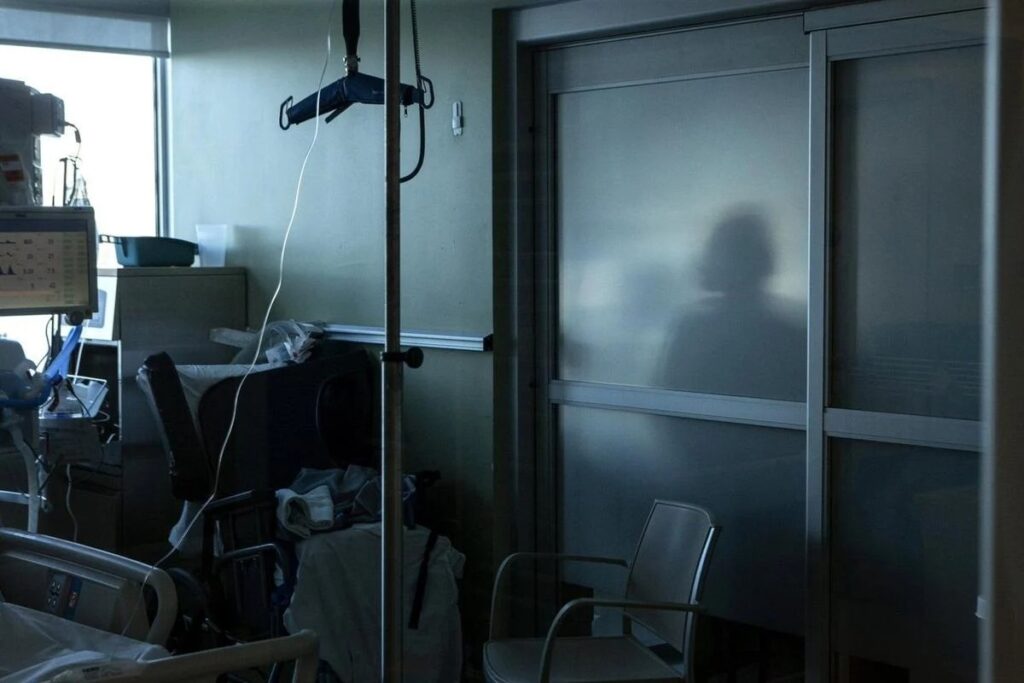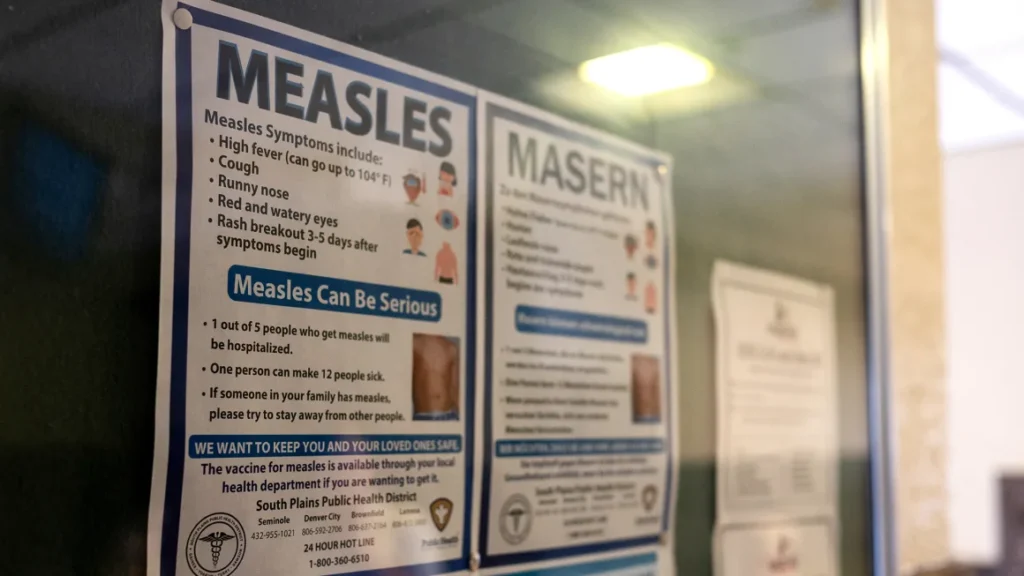
In the ever-evolving world of medical technology, some breakthroughs capture the imagination and promise to change lives. One such moment arrived recently when Paradromics Inc., a neurotechnology startup based in Austin, Texas, successfully completed the first human implant of its revolutionary Connexus Brain-Computer Interface.
This historic procedure took place during an epilepsy surgery at the University of Michigan on May 14, 2025. The surgery was led by neurosurgeon Dr. Matthew Willsey, who guided the team with expert precision as they implanted the device. This event marks an important leap forward in the effort to develop assistive technologies that restore communication and motor abilities to individuals with severe neurological impairments.
The Connexus system is far from ordinary. It is a fully implantable brain-computer interface designed to capture the brain’s electrical activity with extraordinary detail. At the heart of Connexus lies a cortical module embedded with 421 microelectrodes, each thinner than a strand of human hair. This dense array allows the device to listen to the electrical signals produced by individual neurons, providing a level of precision that has been difficult to achieve with previous technology.
The device then transmits this data wirelessly to an external processor. There, cutting-edge artificial intelligence algorithms interpret the neural signals and translate them into meaningful outputs, such as speech, typed text, or commands that control computers and robotic limbs. For people affected by disorders like amyotrophic lateral sclerosis, spinal cord injury, or stroke, Connexus holds the potential to unlock communication and mobility that might otherwise be lost.
Paradromics’ first human implant was not just a technical demonstration; it was a critical test of the device’s safety and functionality in a clinical setting. The procedure showed that Connexus could be implanted and removed using routine neurosurgical techniques in less than twenty minutes, without complications. This success represents the transition from laboratory research into human trials, a vital step toward making the technology widely available. The ability to record high-quality neural data in a living brain paves the way for developing therapies that could transform lives.
Dr. Willsey, the lead neurosurgeon for the implant, expressed his enthusiasm about the future impact of brain-computer interfaces. “It is incredibly exciting to see BCI technologies reach the clinical stage. Devices like Connexus bring us closer to restoring movement for people living with paralysis, and speech for those who have lost this vital function,” he said. His optimism echoes a broader excitement in the scientific and medical communities about the possibilities that advanced BCIs offer.
Looking ahead, Paradromics plans to launch its first formal clinical trial by the end of 2025, pending approval from regulatory agencies. The trial will evaluate the safety and effectiveness of the Connexus system in patients suffering from speech and motor impairments caused by progressive neuromuscular diseases or neurological injuries. Two research centers in the United States will host the study, with Dr. David Brandman and Dr. Daniel Rubin serving as principal investigators. Both doctors bring a wealth of experience in neurotechnology and clinical research, ensuring rigorous oversight of the trial.
To support this upcoming trial, Paradromics has established a patient registry. This registry invites individuals who might benefit from Connexus to express interest in participating. By proactively gathering potential candidates, the company hopes to streamline recruitment and ensure that those who qualify will have timely access to the device during the clinical trial phase.
Paradromics’ progress is also buoyed by strategic partnerships and investments. Notably, the company has secured funding from Saudi Arabia’s Neom Investment Fund. This partnership includes plans to establish a Brain-Computer Interface Center of Excellence in the futuristic Neom region. The center aims to accelerate research and development in BCI technology and expand access to innovative therapies worldwide. This global collaboration highlights the growing recognition of brain-computer interfaces as transformative tools in medicine.
With the successful human implant of Connexus, Paradromics has positioned itself as a key player in the neurotechnology landscape. Their commitment to creating durable, high-resolution, and minimally invasive BCIs sets them apart. For patients living with devastating neurological conditions, this technology offers a glimpse of hope—a chance to reconnect with the world in ways once thought impossible.
As research continues and clinical trials move forward, many eyes will be on Paradromics to see how their innovation can change the future of medicine and human capability.

Sana A. is a medical student, writer, and journalist with a strong passion for healthcare reporting and a deep commitment to covering current events across the United States. As a contributor to Los Angeles Headlines, she focuses specifically on medical news, health policy, and emerging trends in the healthcare industry.






